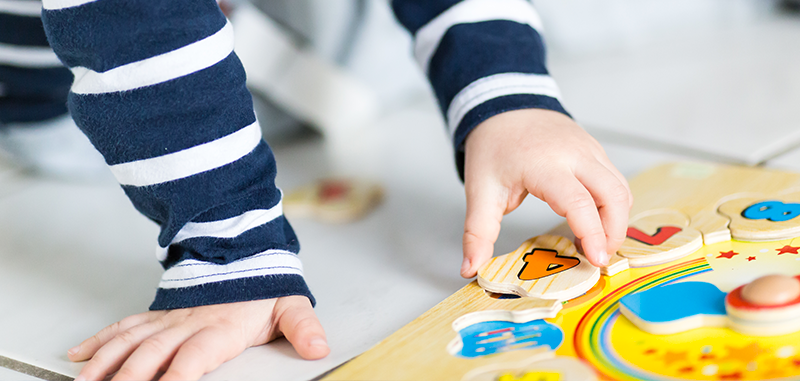How to learn to tell the time to your child?

Learning to tell time—it’s a skill we’ve mastered long ago, but one your little one will soon need to pick up.
Children typically start wanting to understand their daily routine between the ages of 3 and 7. Around that time, they begin to explore the concept of the short and long hands on a clock.
It’s also the age when they might ask for a watch, “just like grown-ups.” So, time for a little refresher! When is the right time to teach your child how to tell time—and are there more effective methods than others?
Learning to Tell Time at School
Starting in Year 3, around age 7, your child will begin to learn how to tell time. But don’t expect it to happen in a single school year—it’s a gradual process!
The teacher will revisit and deepen this learning in Year 4, and even again in Year 6 if needed. That said, most of the key concepts are usually introduced during Year 4.
The best way to help children grasp the concept is by using a large classroom clock they can move and explore on their own.
But teaching time isn't just about reading a clock! Children will also learn how different civilizations had their own ways of measuring time—from sundials to hourglasses and even mechanical timers, there are many creative ways to mark the passage of time.
In Year 3, your little one will explore the basic parts of a clock: the face, the hour hand, then the minute hand, and finally the second hand. Telling exact hours becomes part of the Year 4 curriculum. That’s when they’ll learn that an hour equals 60 minutes, and a minute equals 60 seconds. Things get a bit trickier in Year 5, with concepts like “quarter to,” “twenty to,” or “twenty-five to.” You’ll need a bit of patience, but soon enough, your child will master telling time like a pro!
The Step-by-Step Method to Teach Telling Time
As you’ve probably guessed, learning to tell time is a gradual process. There’s no need to rush or expect your child to become a clock-reading expert overnight.
Here’s the method commonly used in primary school classrooms. Depending on how your child is progressing, feel free to revisit certain concepts together at home!

Tips to Help Your Child Learn to Tell Time
To make learning easier and more fun, here are a few helpful tips you can try at home!
- Ask your child for the time throughout the day
- At key moments, say the time out loud while pointing to the clock!
- Make a paper clock together! It’s a fun bonding activity, and the clock can be used as a learning tool. You can even have your child draw fun little characters to mark different times of day—like mealtimes or bedtime!
- Give them a real watch—but skip the digital ones. While digital displays may seem easier and often feature their favorite characters, they can actually slow down the learning process.
Discover REMI
THE SMART ALARM CLOCK 😊
REMI and its app bring together everything you need to manage your baby’s sleep!
Its mission? Helping families sleep better — from birth up to age 10.
I bought REMI for my 4-year-old son who didn’t want to sleep alone anymore after his little sister was born. Thanks to the remote wake-up system and bedtime stories I can play from a distance, the issue is completely resolved! I 100% recommend this purchase!






 My Child Won’t Sleep Alone: How to Help Them Gain Independence
My Child Won’t Sleep Alone: How to Help Them Gain Independence
 Letting Baby Cry It Out: Effective, But At What Cost?
Letting Baby Cry It Out: Effective, But At What Cost?
 White noise for baby : a scientific research !
White noise for baby : a scientific research !
 What are the positive effects of napping on memory?
What are the positive effects of napping on memory?
 What Time Should Your Child Go to Bed? The Ideal Bedtime by Age!
What Time Should Your Child Go to Bed? The Ideal Bedtime by Age!